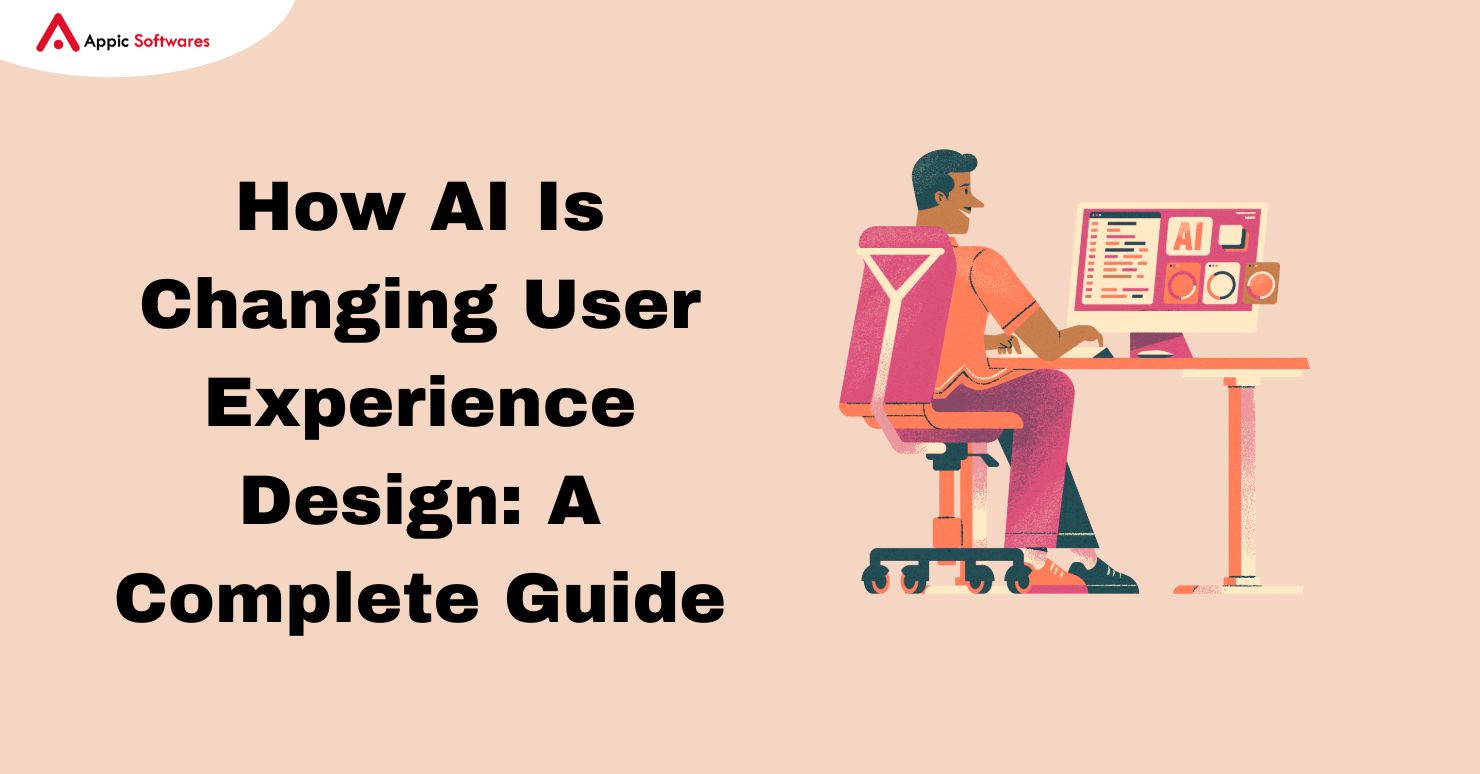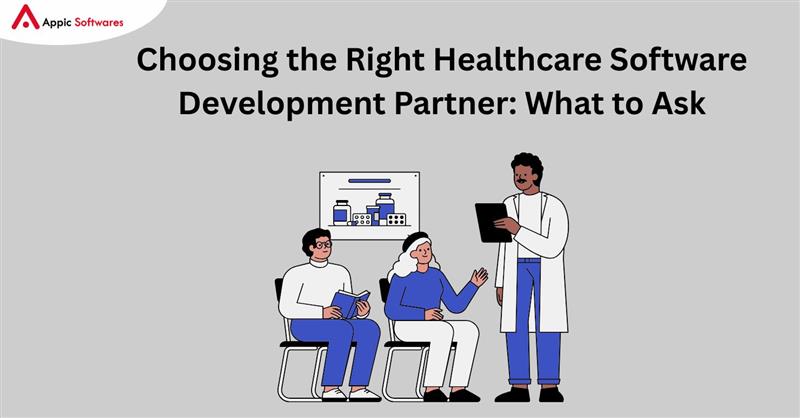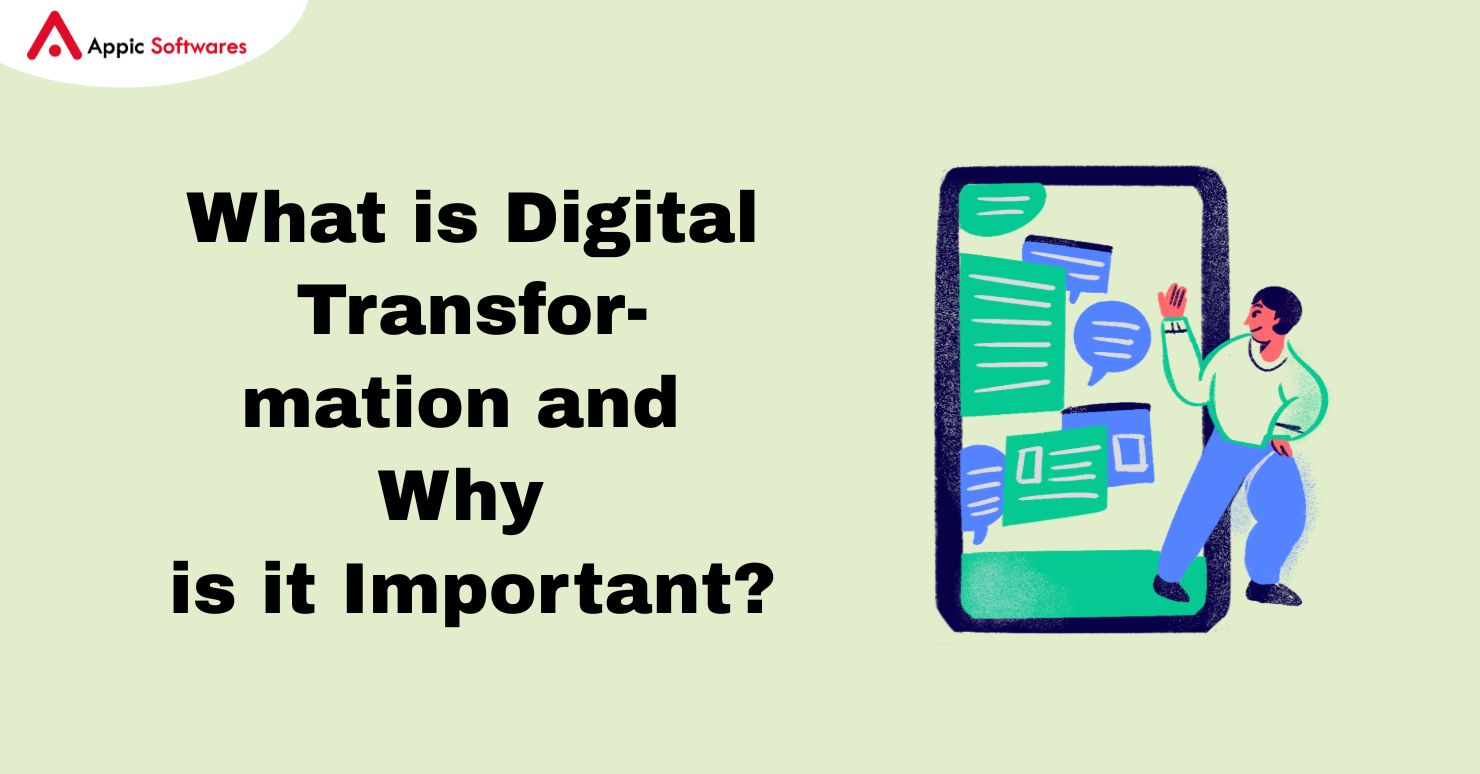
AI is changing digital experiences at every level. AI-driven user experience (UX) is a must for companies that want to invest in AI development or mobile app development. In the UX industry specifically, 70% of UX teams report that AI helps reduce routine tasks and frees up time for creative work.
This article looks at how AI changes UX design, the technology that makes it possible, and how to use it in real life for both small and large businesses.
Understanding AI-Powered User Experience
User experience is more than just interfaces. It’s about how users feel while navigating a product. With AI, UX becomes smarter, responsive, and hyper-personalized.
AI can interpret user behavior, environmental context, and real-time feedback. This allows for dynamic interfaces that adapt during interaction, not just after launch.
How AI Analyzes Real-Time Data for UX Decisions
Traditional UX relies on user surveys, A/B testing, and analyst interpretation. AI removes the guesswork. With machine learning, systems analyze massive datasets to detect behavior patterns in real-time.
For instance, AI agents for data analysis can detect session drop-offs, heatmaps, scroll depths, and click-through behavior. This information helps in restructuring layouts or repositioning call-to-action buttons instantly.
Intelligent Personalization in UX
Personalization is now algorithmic. AI systems use user data to predict preferences and adjust the experience accordingly.
In artificial intelligence in mobile apps, personalization may include content prioritization, voice-based interface toggling, or offering next-best actions.
A retail app may highlight eco-friendly shoes for a sustainability-focused customer based on their past interactions. AI does this with zero manual input from the UX team.
Context Awareness and Predictive UX
AI doesn’t just react. It predicts. Using sensors, behavioral data, and environment inputs, AI anticipates user needs.
For example, mobility apps developed by AI startups in New York use predictive AI to understand urban transport behaviors. Interfaces change based on time, route congestion, or weather forecasts—boosting usability in real-world settings.
Predictive UX increases user satisfaction and reduces task time. Apps become intuitive, not just interactive.
Role of AI Agents in UX Design

AI agents are systems that perceive their environment and act to maximize a goal. They are the brain behind many dynamic interfaces.
A rational agent in AI chooses actions with the highest expected value. In UX, that could mean adapting the navigation structure if it leads to faster task completion.
In healthcare apps, AI agents might detect hesitation on a medical term and surface simplified content or doctor chat support.
Difference Between AI and AI Agents in UX Implementation
AI vs AI agents is often misunderstood. AI is a broad concept encompassing machine learning, deep learning, and computer vision.
They are specific applications that act autonomously. They make intelligent decisions based on sensory inputs and knowledge bases.
In AI Agents In Logistics, these systems help optimize routes and interfaces for logistics staff. UX elements change dynamically based on delivery load, delays, or location—improving task flow and user confidence.
Knowledge-Based UX Systems
A Knowledge Based Agent uses a database of facts and inference logic to solve problems or guide users.
In UX, this allows apps to make user-specific recommendations. For instance, insurance apps can guide users to personalized plans by analyzing income, age, and past behavior.
The interface becomes an advisor—not just a screen. It mimics real expert conversations with data-driven logic, providing decision support in real-time.
Case: Smart Financial Planning Interface
An app for investment advice can use knowledge-based AI to explain stock performance. It adjusts terminology and data visualization based on the user’s financial knowledge.
The user sees what they understand. The AI adapts terminology, graphs, and risk descriptions accordingly. This is real-time UX adaptation driven by intelligent knowledge systems.
Design Automation Using AI Frameworks
Creating AI-enabled UX requires strong technical infrastructure. Developers rely on AI development frameworks like TensorFlow, Keras, and PyTorch.
These frameworks provide pre-trained models and APIs for object detection, emotion analysis, or natural language processing.
For example, an app can detect user confusion via facial expressions and show guided tours. Using OpenCV with PyTorch, the interface adjusts interactively without user complaints.
This eliminates the need for user tickets or long onboarding manuals.
Streamlining UX Workflow for Developers
AI tools automate repetitive design tasks. Layout optimization, color contrast checks, and content alignment can all be AI-enhanced.
This improves delivery speed and reduces human error. Especially in agile product environments, such frameworks make AI integration manageable.
For instance, a fine tune AI model can be trained on user journey data to recommend optimized flow paths, screen orders, or interaction micro-tasks.
Conversational AI for Human-Like UX
Modern UX often includes voice and text interfaces. These are now powered by advanced natural language models.
Chatbots trained using BERT or GPT-based models can understand intent and context. These bots improve as they interact, offering smart, adaptive conversations.
An example: an onboarding assistant for a banking app adapts its tone and complexity based on user responses.
This level of conversation enhances usability and builds trust—especially in apps dealing with finance, healthcare, or logistics.
Voice UX and Adaptive Interface Behavior
Voice interfaces go beyond basic commands. They detect accents, urgency, and sentiment. AI tailors responses not just in language but also in layout.
A tired voice tone may prompt a meditation app to reduce brightness and initiate sleep sounds.
This is human-like behavior built into mobile UX using neural AI models and real-time data processing.
AI Testing and UX Optimization
Testing is no longer a one-time task. AI enables continuous testing and optimization.
Tools track micro-metrics like hover time, rage clicks, and attention depth. Using AI agents for data analysis, these tools refine interface design continuously.
Rather than waiting for feedback, the system iteratively improves layouts, flows, and responsiveness based on behavior patterns.
Autonomous UX Decisions in Real-Time
Autonomous AI systems can redesign interfaces without human involvement. This is particularly useful in apps with variable content or diverse user bases.
In streaming platforms, AI adjusts UI card sizes based on what catches user attention.
In travel apps, AI may move discount offers higher when price sensitivity is detected. All of this happens without manual coding—through learned behavior.
AI Hiring vs Traditional Hiring for UX Development
One strategic shift lies in resourcing. AI hiring vs traditional hiring shows a clear difference in development approach.
Traditional UX teams include designers, researchers, and analysts. With AI-driven design, the team also includes machine learning engineers, NLP experts, and data scientists.
AI hiring focuses on building predictive models and training systems to learn and adapt UX autonomously.
Businesses now seek hybrid roles, designers with data experience, or developers with UX sensibility.
Impact on Development Budgets and Timelines
AI accelerates delivery cycles. Automated testing, design generation, and optimization reduce months of work to weeks.
While AI hiring is initially more expensive, the long-term return is better due to efficiency and product adaptability.
Mobile app agencies leveraging AI in UX development now offer faster MVPs with higher engagement rates.
The Future of UX: Where AI Is Heading
UX design will become more autonomous and intelligent. AI will not only adapt to users—it will anticipate their actions before they act.
Interfaces will talk, see, and feel like humans. Apps will guide users like real assistants—contextually aware and deeply personalized.
With fine tune AI models, apps will learn not just from one user but from millions—optimizing experiences in milliseconds.
Why AI Integration Is Now a Business Imperative
Startups, especially in tech-driven cities, are already deploying AI-powered UX. In AI in New York startups, AI enhances fintech, healthtech, and mobility platforms through superior experiences.
Early adopters gain competitive advantage. Their apps feel smarter, faster, and more empathetic—driving user loyalty and higher retention.
Conclusion
AI is changing UX design into a process that is based on data, can foresee the future, and can change as needed. It gives developers the tools they need to make programs that change as users’ needs change.
Businesses may make smart experiences that grow by using AI agents in logistics and knowledge-based UX advisors.
AI-driven UX is what makes your app, SaaS tool, or corporate platform stand out, no matter what you’re making.
If you want to make smart, user-friendly apps, it’s important to work with a team that knows a lot about AI and mobile app development.
Appic Softwares offers design and development services that use AI to help you make sure your product will be useful in the future in a competitive market.
FAQs
1. How is AI personalization different from other techniques to make UX more personal?
Traditional UX personalization uses rule-based logic based on demographics or tracking behavior that doesn’t change. AI-driven personalization lets interfaces alter in real time based on what the user wants, what language they speak, and how they have used the interface in the past. It changes layouts, content, and flows on the fly based on what it learns all the time, which is a lot more than what fixed rules can do.
2. Can AI agents run programs in real time without any aid from people?
Yes. Once they have been told what to do, AI agents can work on their own in real-time apps. They use information from the present to make decisions that improve the user experience, such changing the navigation or how easy it is to see the material. If you use ChatGPT, the agent can also chat to people in real time, get their opinion, and act on it without anybody else having to see it.
- 3. What are the finest AI development frameworks for developing systems that can change how they work?
TensorFlow, Keras, and PyTorch are all great ways to make smart, adaptable interfaces. You may use ChatGPT implementation with OpenAI’s API to integrate natural language understanding directly to mobile and web apps for conversational UX. When developers employ these frameworks, they may make systems that learn from users and get better over time.








